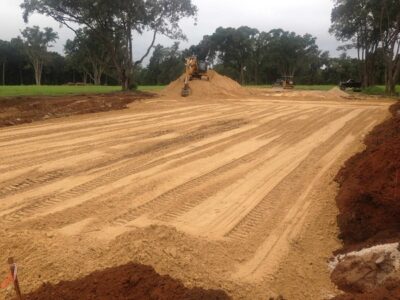Having a lush lawn is a sure way to impress your neighbors. But it can be challenging to keep your grass green and healthy without the help of an irrigation system.
A properly installed and programmed irrigation system will save you time, money and frustration! Learn more about how your residential irrigation system can keep your lawn looking its best.
Types of Irrigation Systems
There are many lawn irrigation systems, each with its benefits. Choosing the right plan can help reduce water bills, improve the look of your yard, and increase the value of your home.
The most common and cost-effective lawn irrigation options include static and rotary sprinklers. These systems are primarily designed for small to medium-sized lawns and planting beds.
Alternatively, a drip irrigation system can be installed, which uses small-diameter poly tubing with emitters to apply water directly to a plant’s root zone. These are most commonly used for trees but can also benefit flowers, bushes, and other plants.
Using automatic timers and rain sensors to dispense less water after or during dry spells is one of the most efficient ways to conserve water and lower utility costs. It helps to ensure you’re not overwatering your plants, causing them to become stressed or even die.
Timer
The timer is an essential part of your sprinkler system. It regulates how long each lawn zone gets watered by the sprinkler valve and allows you to set a specific schedule for different zones.
Choosing a suitable timer can be tricky as many options are available, from basic mechanical timers to advanced computer models. Researching your specific needs and considering your landscaping design before purchasing is best.
A timer can save you time and effort while keeping your yard healthy and beautiful. It also helps reduce the amount of water wasted through runoff or evaporation.
An intelligent timer can adjust to your climate and local water restrictions. It can also provide usage reports and help you anticipate bills. For example, it can override the irrigation timer after heavy rains to save on water. It can also detect soil moisture levels and dispense water accordingly.
Varieties of Sprinklers
There are many different types of sprinklers, each with its benefits and limitations. Choosing the right style for your lawn is crucial for achieving a healthy, beautiful yard.
Fixed or stationary sprinklers spray water in a single pattern over a designated area. They are inexpensive, fast, and convenient.
Oscillating sprinklers are long tubes that open and close. They create a fan-shaped flow that moves back and forth, dispersing an even amount of water.
They’re ideal for watering flower beds and vegetable gardens.
Impact or pulsating sprinklers rotate in a circle and squirt a jet of water, creating a click sound as it does so.
They are effective for large areas of grass, like public parks, but they can clog if they have a low water pressure or if you have a newly seeded lawn. On the other hand, Rotor sprinklers rotate 360 degrees and are less likely to leave dry spots in your yard because they spray water over a large area.
Solenoid Valve
Solenoid valves are used in a variety of applications and industries. They are electro-mechanical devices that combine the functions of an electrical on/off switch and a mechanical valve in one unit.
Solenoid control valves operate based on electrical signals from an irrigation controller. They can be controlled at different time intervals or manually by a user.
A typical solenoid valve has two wire leads from which 24 volts of electricity are sent. One wire connects to the solenoid’s hot wire, and the other to the standard wire, acts as a neutral/return wire.
The function of the valve is determined by the type of fluid going through it and how long the solenoid needs to be open or closed. The pressure of the liquid in the line and the operating temperature are also important considerations.






Comments